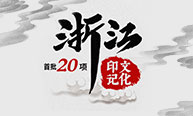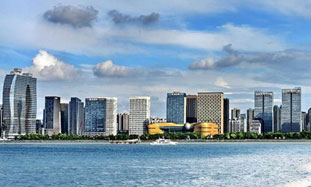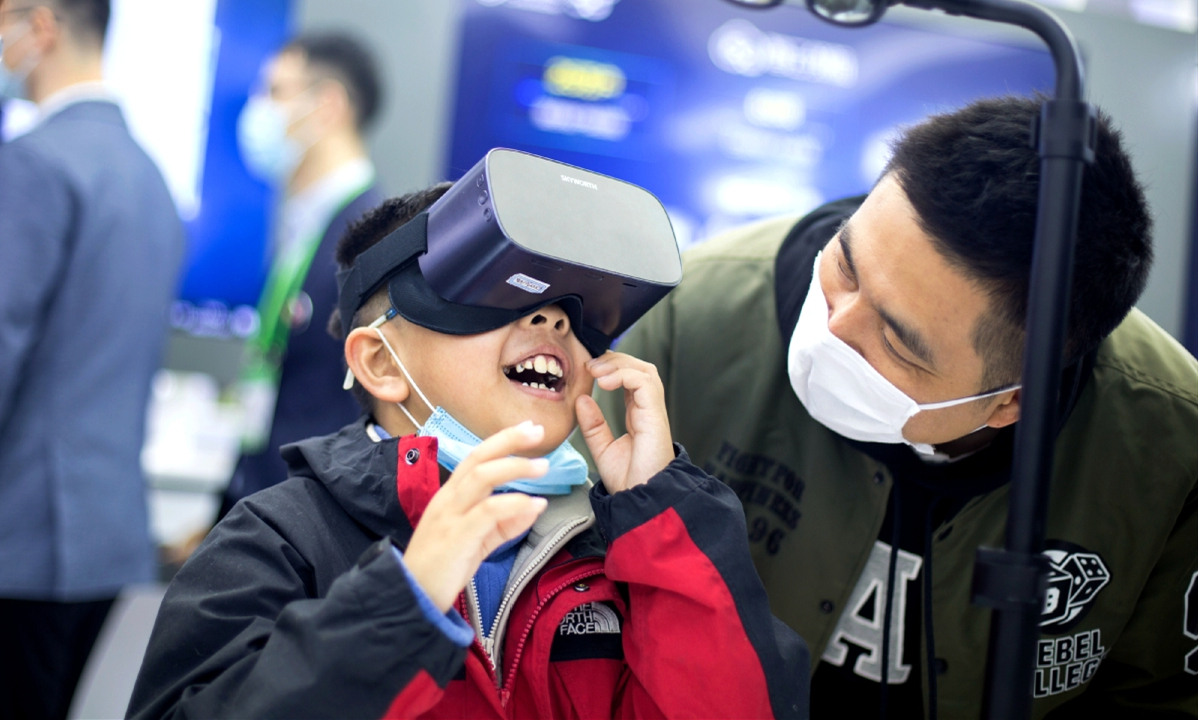Fine arts
The industry kept developing as in the Qing Dynasty, the silk products in Hangzhou enjoyed great popularity at home and abroad for their beauty and elegance. Other typical traditional products were also well-known, such as wood and bamboo carvings, paper-cuttings, colorful anaglyphs and blueprint cloth.
In modern times, art in Zhejiang is extraordinarily diverse, as many young students who studied abroad bring back ideas from western art. This has had a strong influence on many types of traditional Chinese art. Yuanpei (1868-1940), a prominent educator and former president of Peking University, put forward the idea of “replacing religions by fine arts education” and established the National West Lake Art Academy in 1928. This has helped to make Hangzhou the key city for fine arts ever since.
In the 1950s, figure paintings featuring distinctive Zhejiang style became popular across the nation. There were usually only a few figures in each picture, which supposedly gave the pieces a positive meaning. Emphasizing basic sketch skills, the paintings used combinations of traditional expressive means and modern methods.
Zhejiang modern sculptures started in the early 20th century when overseas students introduced western sculptures into China. The Sculpture department of Hangzhou National Art Academy started giving lessons on western techniques and cultivated many new talents, such as Zhou Qingding, a modern sculptor and the founder of animal porcelain carving in China. How Zhejiang art will develop is unknown, but based on its past, it seems certain to have a bright future.

 Print
Print Mail
Mail
 20 Cultural Symbols
20 Cultural Symbols Why Zhejiang
Why Zhejiang Experiencing high-tech products at WIC
Experiencing high-tech products at WIC Zhejiang Release
Zhejiang Release Zhejiang News
Zhejiang News